From Cleveland to St. Paul, from Chicago to Omaha, from Geneva (Switzerland) to Sterling, we trekked over 5,000 miles to be together for the annual family reunion where rituals help cement our souls through the distances that separate us.
Every August we gather under a canopy of trees at a red wood framed cabin, a priceless family heirloom passed down from my grandparents that peeks out from behind white birch and spruce. Here a lifetime of memories is stored in my summer cottage on a silvery lake that rocks in a crib of evergreen under powder blue skies.
Like all families we have endured our ups and downs, accidents and injuries, job losses and relocations. Together we weathered heart surgeries, cancerous tumors, and chronic illness, but every summer we put aside our individual aches and pains, angst and worries, and seize the day.
The kids, no longer kids, range from age 15 to 27, from Nathalie the pediatrician, to Marie a recreational therapist, to Nic a teacher in the making, to Hannah nurse-in-training, to Rachel gifted flutist, and lastly Mark, a walking Wikipedia, a modern day version of his dad, my brother Doug, the talking encyclopedia.
Once Grandpa’s big to do list is done – pick up brush from woods, stain the deck, paint window frames, scrape moss off the roof – we kick back for fun on the waterfront. Endless hours of boating, floating, skiing, swimming, kayaking, tubing, sailing, hiking, biking and being in the moment.
As if running a food pantry, we buy massive quantities of food and rustle up meals to fill the trough (kitchen counter). Hungry vultures swoop in at meal times to feast and fly.
No summer memory can be complete without the usual cabin calamities.
« Yikes the toilet is plugged! »
« Help, water is leaking in the basement. »
« Hey, a mouse ate my chocolate? »
Inevitably the ol’ used motorboat will put-put putter and die, the French captain will « sail » overboard requiring an emergency rescue, and mysterious bug bites will send someone to ER. Naturally mishaps happen. The wheel will fall off the grill, a bike tire will be deflated, and a fishing pole will be cast into the lake. We will run out of milk, bread, and pickles, but never short on stories, laughter and hugs.
Every summer the kids learn something new marking each stage of development -how to drive a car on the back roads, how to ski behind the ol’boat, how to do crossword puzzles in the USA Today.
The four McKinzie kids raised on lake creeds learned early on to respect the land, appreciate family and give back to society…values we then passed on to our children, to one day pass on to their own offspring.
In a crazy fast-paced unpredictable world, every summer we recreate a sense of childhood security by repeating family rituals singing ‘round a camp fire, swimming to the island, watching meteor showers at midnight.
Summit Lake is a place for children to grow up and grown ups to grow old gracefully, where traditions help us ease through life’s difficult transitions, where family ties keep us grounded, where time stands still long enough to treasure each moment together.
Like my niece Marie wrote on Facebook when she posted photos of this year’s family reunion, « we laid down a lot of memories, like tattoos on this town. »
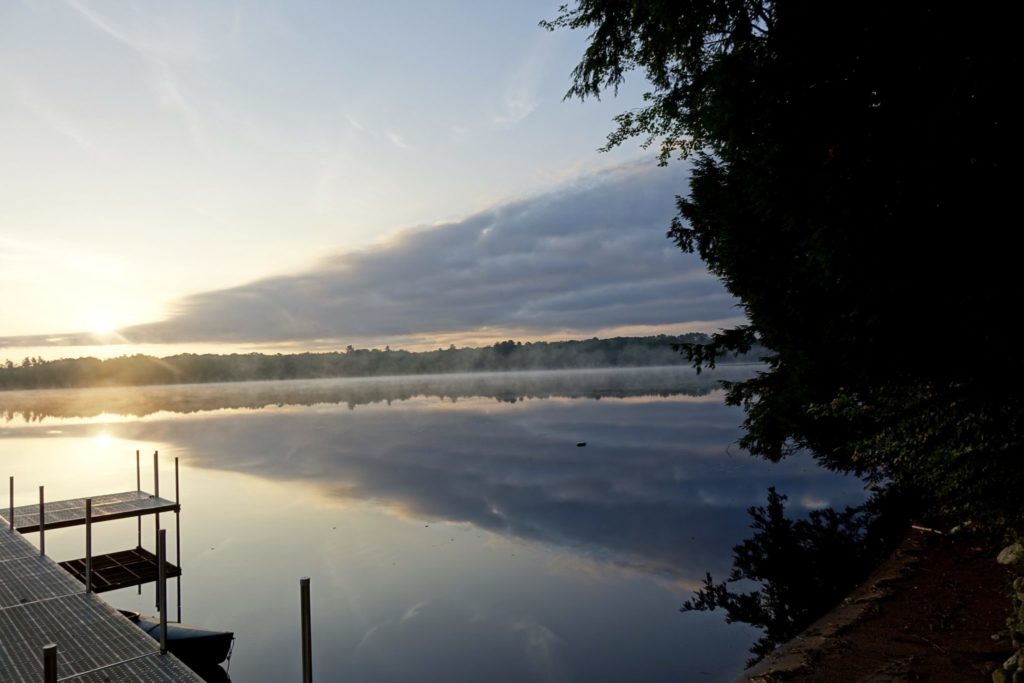
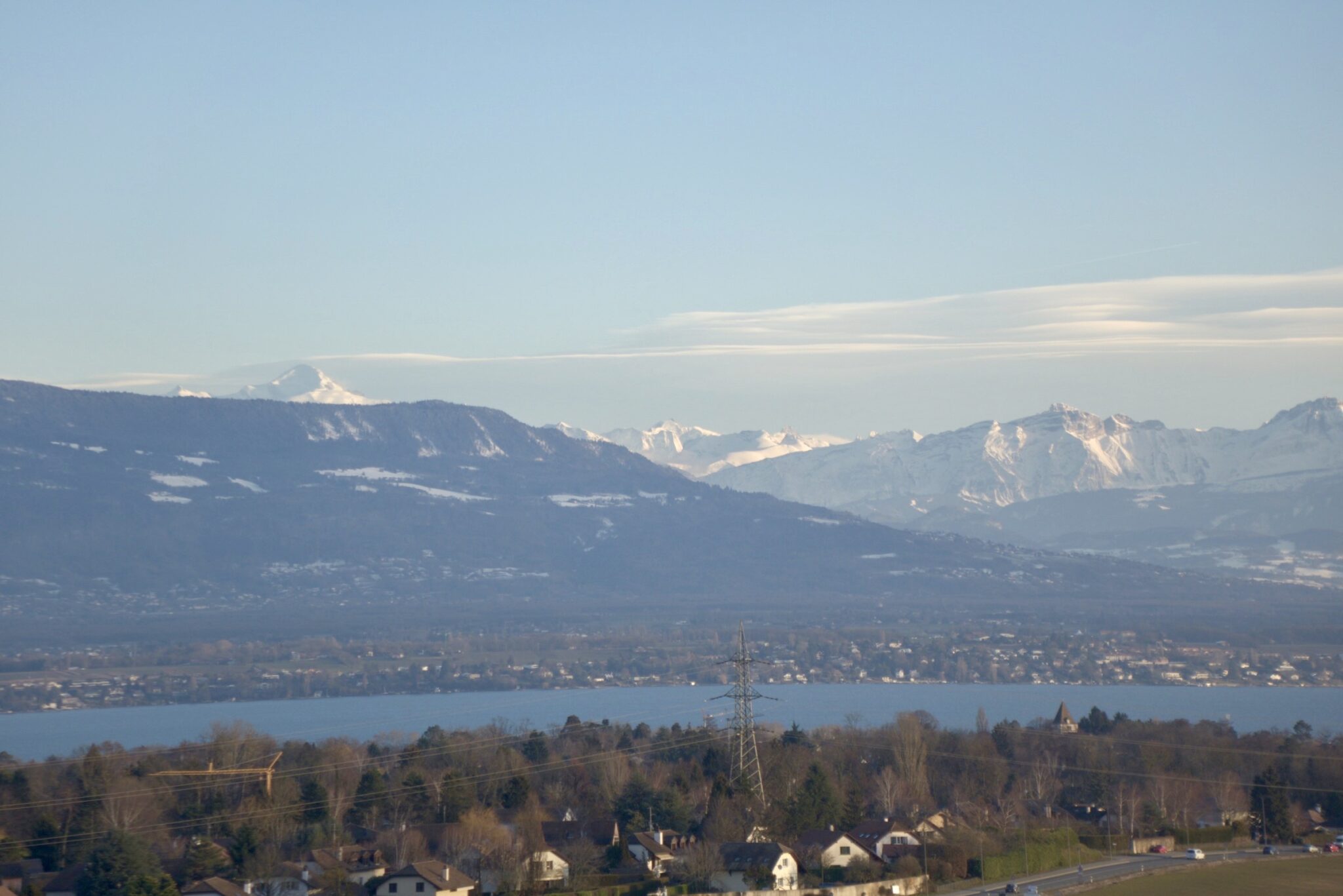
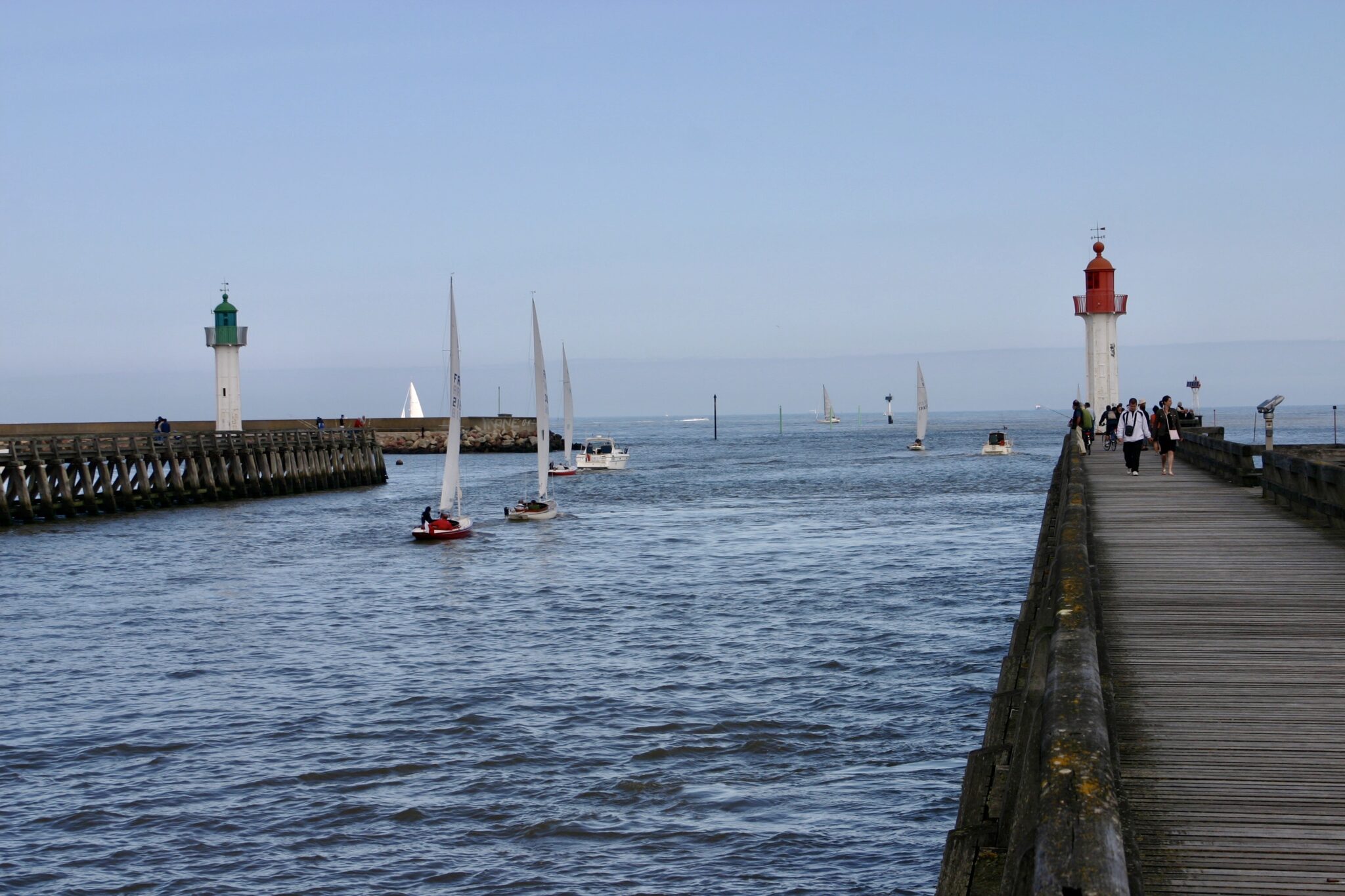
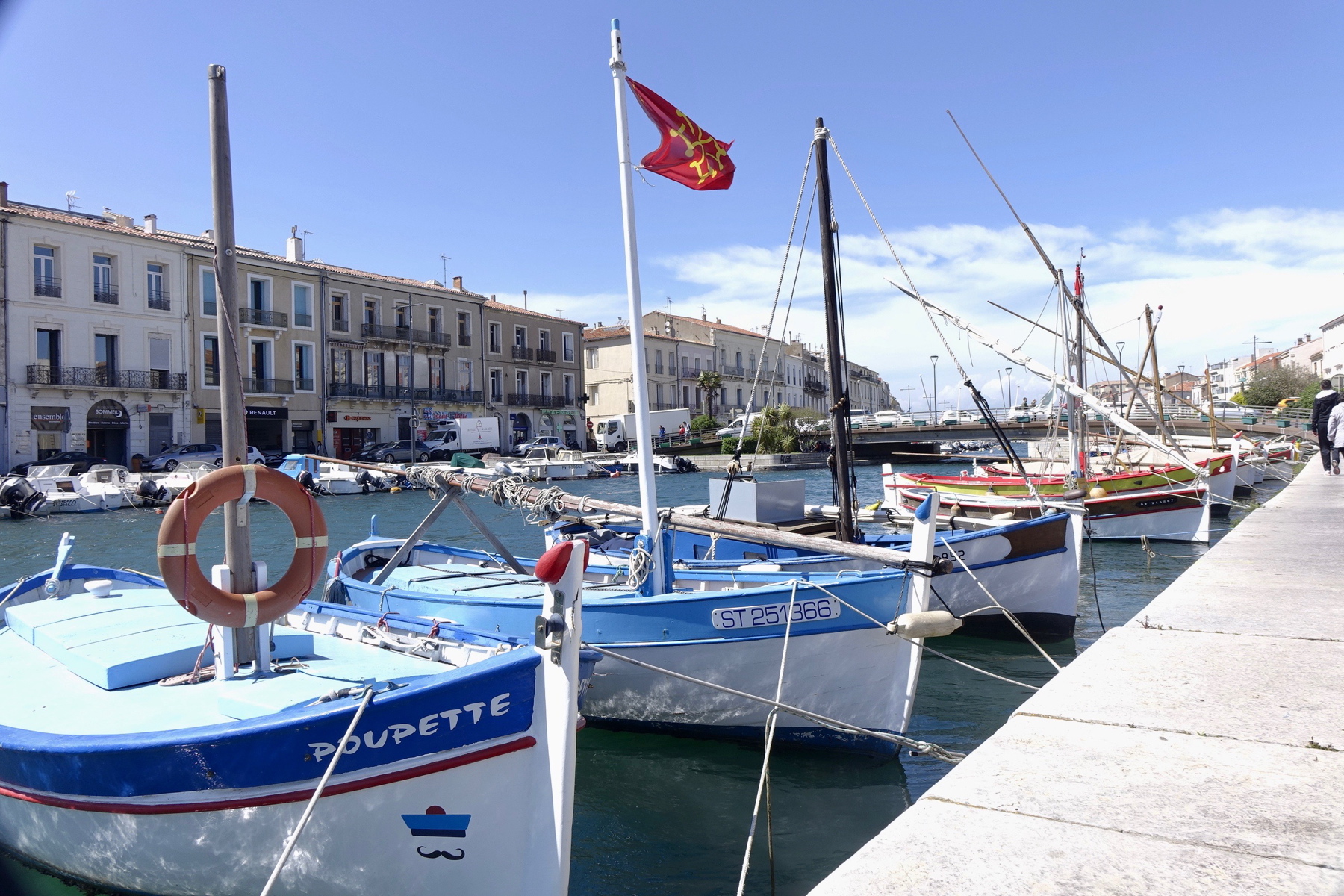
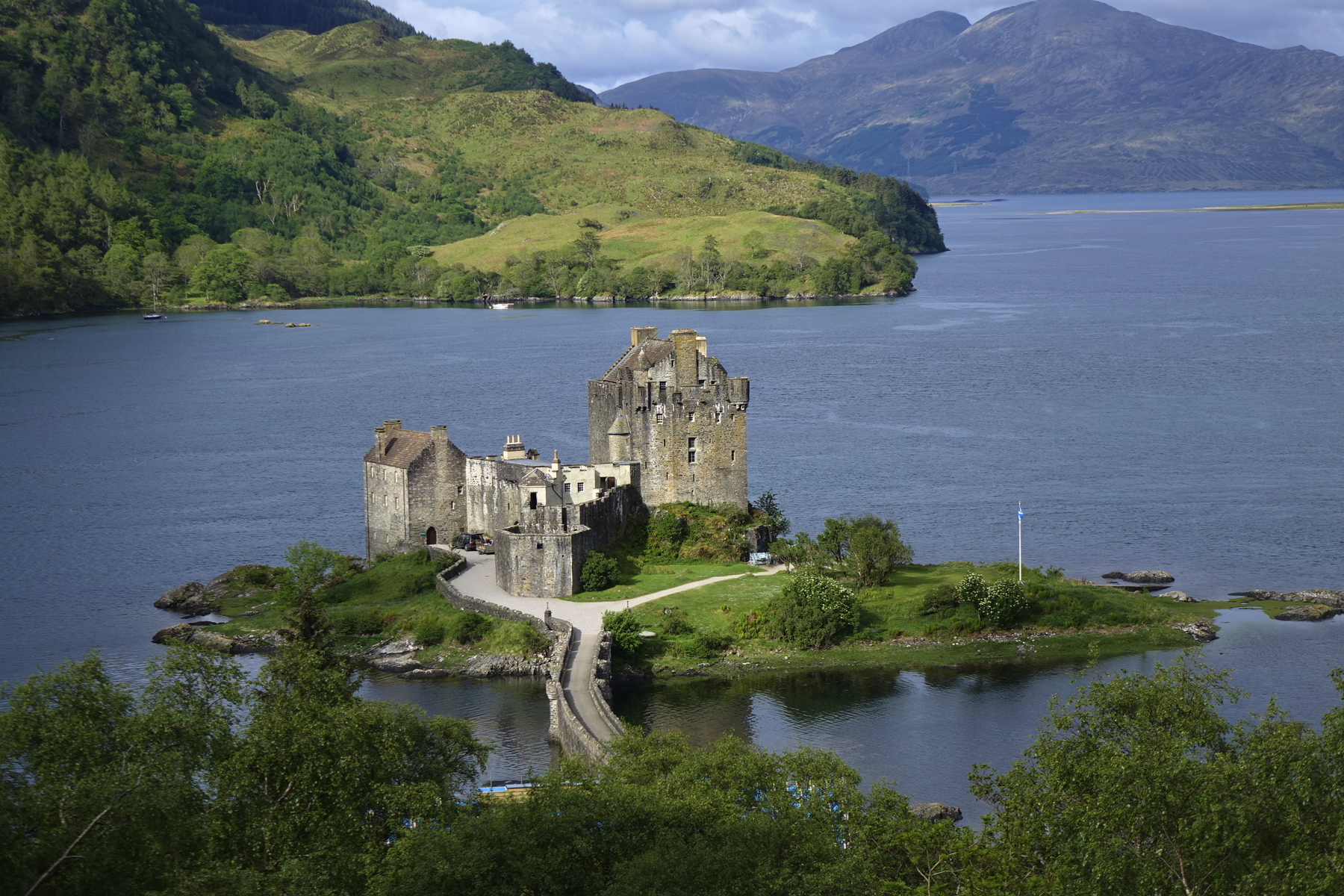









 Switzerland is filled with countless lodgings bearing the name Hotel Jungfrau, but there is only one place in the world where that is it not a misnomer. The Hotel Jungfrau of Mürren, in the Lauterbrunnen Valley (Swiss Alps) can actually boast of offering the world’s best of the Jungfrau.
Switzerland is filled with countless lodgings bearing the name Hotel Jungfrau, but there is only one place in the world where that is it not a misnomer. The Hotel Jungfrau of Mürren, in the Lauterbrunnen Valley (Swiss Alps) can actually boast of offering the world’s best of the Jungfrau.









